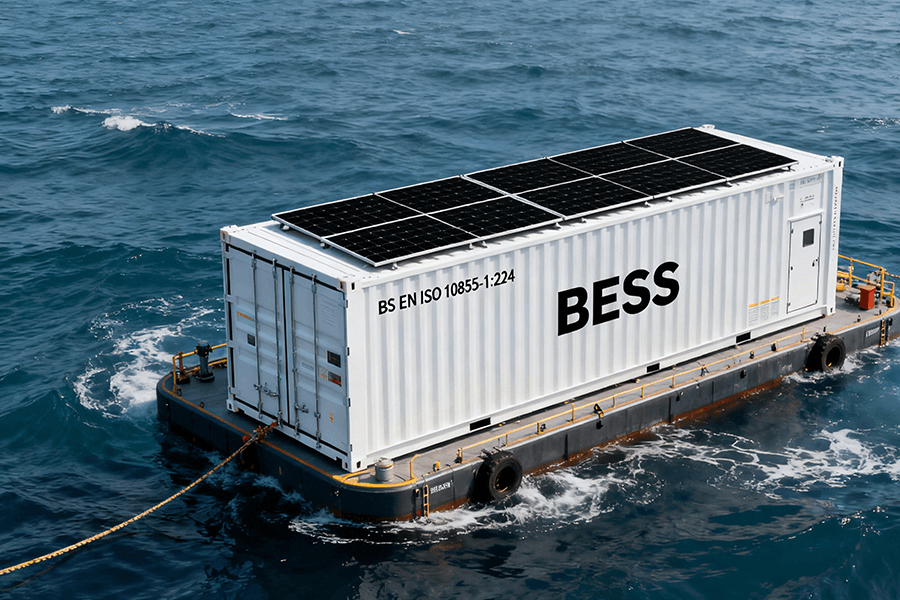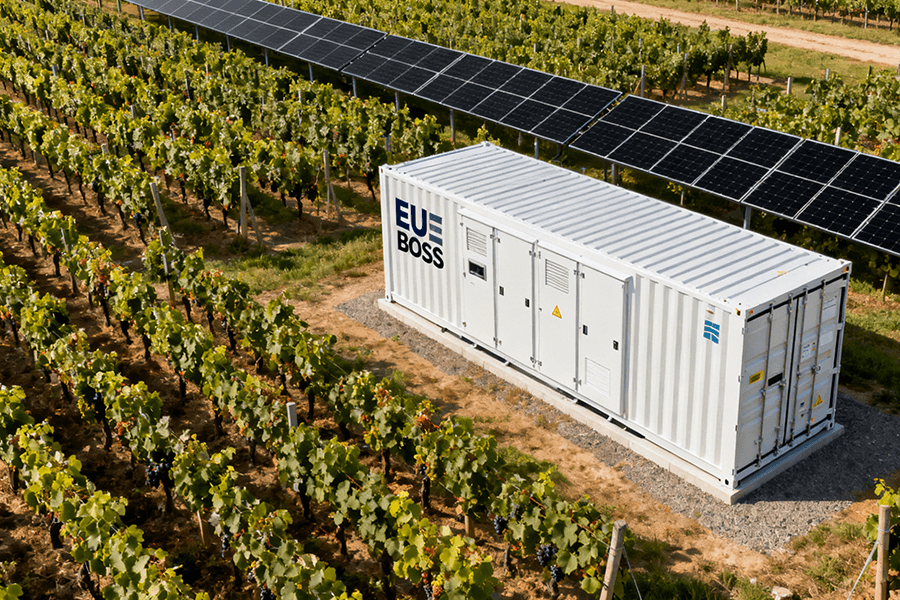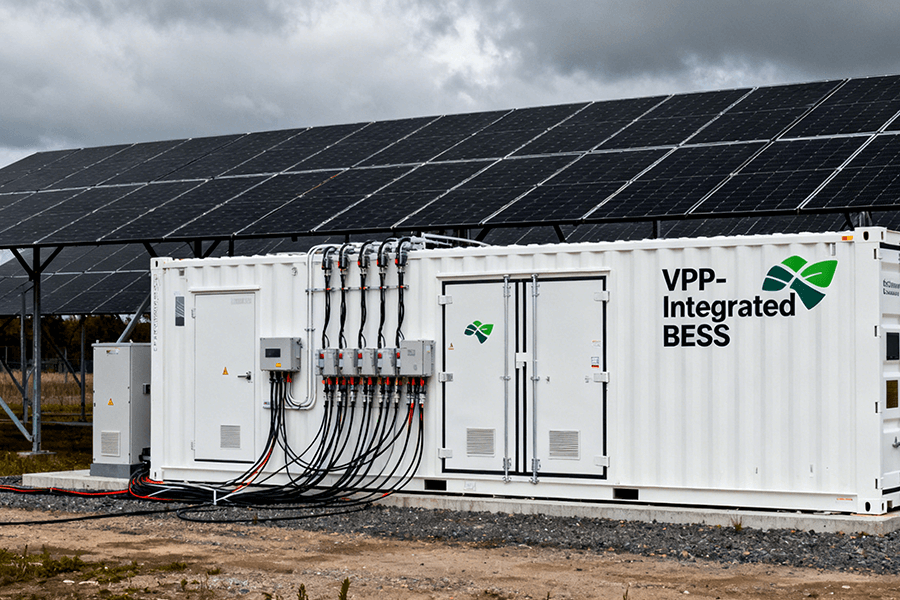Introduction
Designing an effective home solar system for a 300-square-meter residence requires careful consideration of various factors to ensure it meets the energy needs efficiently. In this article, we will explore the most reasonable power rating, energy storage, and installation aspects for a residential home solar system. Referred to as “home solar systems residential,” these solutions aim to maximize energy production, minimize costs, and promote sustainability.
Power Rating
Determining the appropriate power rating for a home solar system is essential to meet the household’s energy demands while optimizing efficiency.
For a 300-square-meter home, a recommended power rating typically falls within the range of 7 kW to 10 kW. This range allows for:
Adequate Energy Production: A 7 kW to 10 kW system can generate sufficient electricity to meet the household’s daily energy consumption, which generally ranges from 20,000 to 30,000 kWh annually, depending on location and energy efficiency measures.
Adaptability: The system size should be adaptable to local weather conditions and seasonal variations in solar radiation. Larger systems can generate surplus energy during sunny months, which can be stored for later use.
Efficiency: A well-sized system ensures that homeowners maximize the utilization of available roof space while avoiding overproduction that may not be cost-effective.
Energy Storage
Energy storage is a crucial component of a home solar system, especially for residences seeking energy independence or backup power during grid outages.
For a 300-square-meter home, a battery storage system with a capacity of 10-15 kWh is a reasonable choice. Here’s why:
Grid Independence: A 10-15 kWh battery can store excess energy generated during sunny periods, allowing homeowners to rely on stored energy during nighttime or cloudy days, thus reducing dependence on the grid.
Backup Power: During power outages, the battery can provide essential backup power to critical appliances, ensuring comfort and safety for the household.
Optimal Sizing: The battery capacity complements the power rating of the solar system, striking a balance between energy generation and storage needs.
Installation Aspects
Efficient installation is vital to maximize the benefits of a residential home solar system.
Roof Orientation and Tilt: To optimize energy production, the solar panels should be installed with the ideal orientation and tilt angle. For most regions, a south-facing orientation with an angle of 30-40 degrees is suitable for capturing maximum sunlight throughout the year.
Quality Solar Panels and Inverters: Investing in high-quality solar panels and inverters is essential for system longevity and efficiency. Select panels with good warranties and inverters with a track record of reliability.
Professional Installation: Hire experienced solar installers who understand local regulations and can ensure a secure and aesthetically pleasing installation.
Monitoring System: Implement a monitoring system that allows homeowners to track energy production and consumption in real-time, enabling them to make informed decisions about energy usage.
Conclusion
Designing the most reasonable home solar system for a 300-square-meter residence involves careful consideration of power rating, energy storage, and installation aspects. A power rating in the range of 7 kW to 10 kW, combined with a 10-15 kWh battery storage system, can provide a well-balanced solution that meets energy needs efficiently while promoting sustainability. Additionally, ensuring proper installation by experienced professionals with attention to orientation and component quality is essential for long-term performance and satisfaction. By embracing these considerations, homeowners can harness the benefits of residential home solar systems and make significant strides toward energy efficiency and environmental responsibility.
If you want to customize your own photovoltaic solution today, please contact us.




